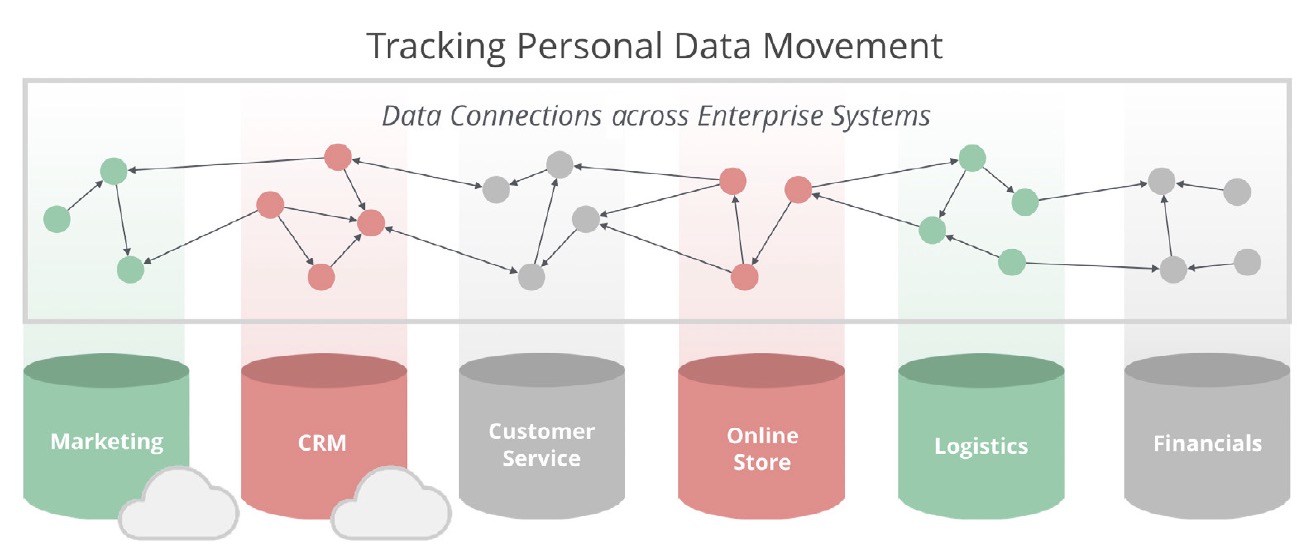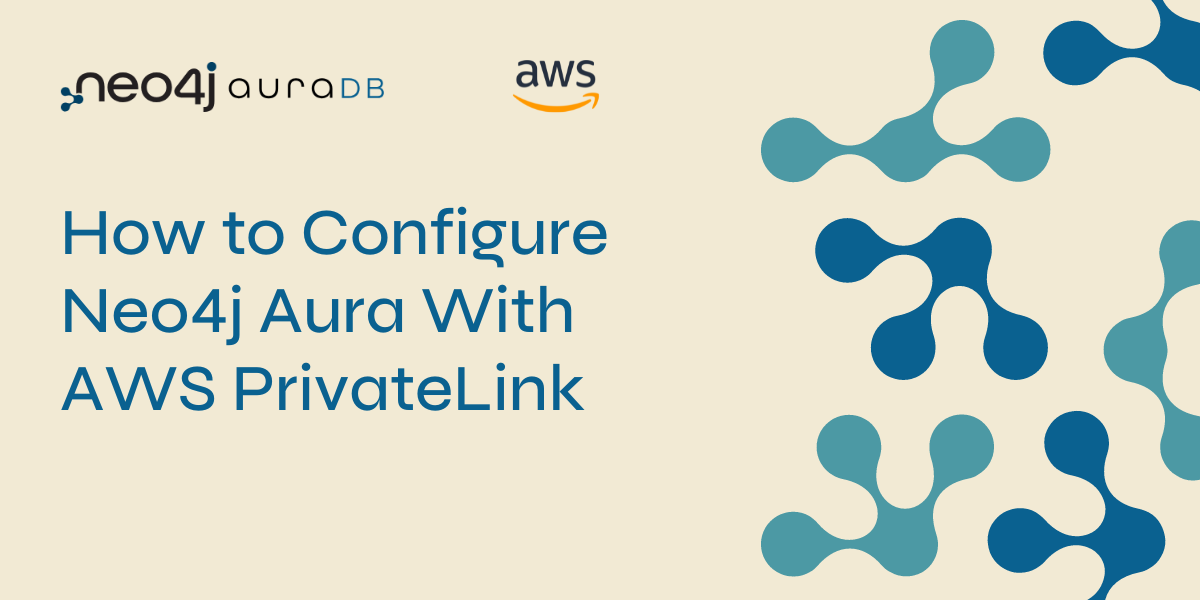Overcoming CCPA Challenges: Graph Technology Solves Personal Data Privacy Challenges

Senior Director of Global Solutions, Neo4j
1 min read

The new California Consumer Privacy Act (CCPA) takes effect at the beginning of 2020 and imposes stiff penalties on those that misuse and resell consumers’ private information.
Nevada and New York have also introduced their own privacy regulations. Canada and Mexico, as well as Texas, Washington and many other states are watching the personal data privacy narrative as it unfolds in California.
In this second installment in our blog series on CCPA, we will show why graph databases are the right foundation for data privacy compliance.
Personal Data Privacy Raises Difficult Questions
To meet the personal privacy requirements of CCPA, GDPR and other regulations, you must be able to answer these difficult questions:
But the new privacy demands don’t end there.
You must know when and where breaches occur and what data was taken. You have to give people a way to view their personal data and how it’s being used. You also must give them the ability to limit its use, prohibit its sale, or even delete their personal information.
Perhaps most importantly, you must be able to prove to regulators that you are in compliance with personal privacy requirements.
CCPA and GDPR are the most far-reaching and technically-demanding data privacy regulations ever established. While they surface significant data management challenges, they also provide a great opportunity for forward-thinking organizations.
Enterprises that embrace the new regulations and provide transparent tracking of personal information have a big opportunity to win the hearts, minds and business of consumers.
Tracking Personal Data Requires Deep Visibility
In modern organizations, personal data resides in many applications that span servers,data centers, geographies, internal networks and cloud service providers. Regulators holdyou accountable for that data regardless of where it is stored. And you must be able to access, report and remove personal information from all those systems when required by consumers or regulators.
To satisfy privacy requirements, you must be able to track the movement, or lineage, of a contact’s personal data – where it was first acquired, whether consent was obtained, where it moves over time, where it resides in each of your systems, and how it gets used.
The connections among those systems and silos are key to tracking the complex path that personal data follows through your enterprise.
Graph Databases Are the Right Foundation for Data Privacy Compliance
Personal data seldom travels in a straight line and instead follows an unpredictable path through the enterprise. That path is best visualized as a graph, so it’s not surprising that personal data problems are best addressed by a graph platform.
Graph technology is designed for connected data applications in which data relationships are as important as the data itself.
As the leading graph database platform, Neo4j includes powerful data visualization tools that enable you to model and track the movement of sensitive data through your systems. As a result, you provide easy, clear answers about personal data to:
- Regulators who demand proof of privacy compliance
- Data protection officers and internal staff responsible for preserving privacy across all your systems
- Individual consumers who ask what you know about them and how you are using their data
Conclusion
As we have shown in this second installment of our series on CCPA compliance, graph databases are the right foundation for data privacy compliance. Next week, in our third and final blog in this series, we will outline four steps to personal data privacy compliance.
Get My White Paper









